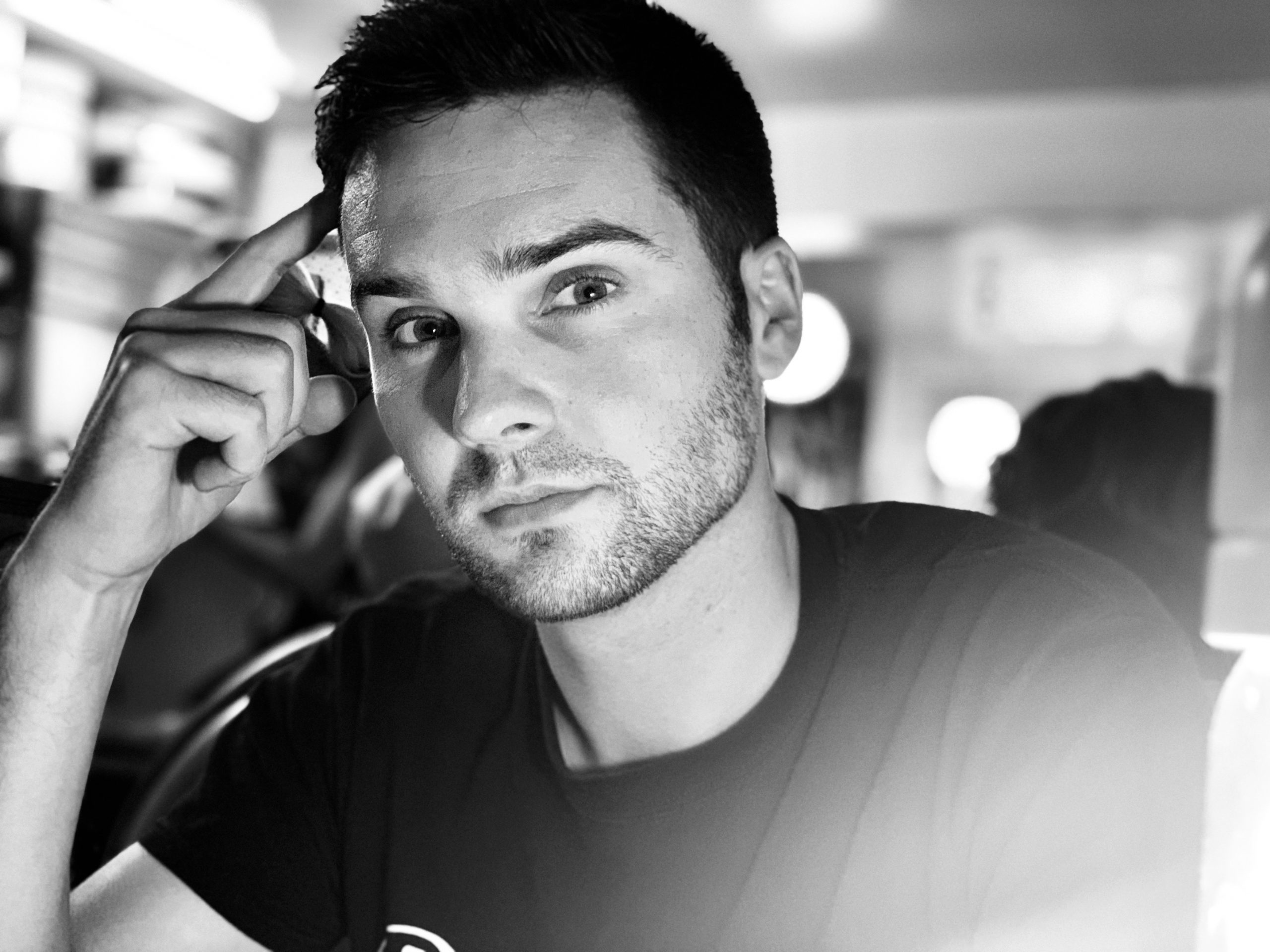In a candid exclusive interview for The Currency, James Whelton talks about: How computer coding class organisation CoderDojo, which he founded, began Building the Danube app for a Saudi supermarket group that has enabled millions of people in Saudi Arabia to shop on their smartphones How he can measure his life in the number of times he’s ‘burnt out’ Being diagnosed with ADHD, and subsequently taking Ritalin to help him focus What led to, and how he got through a ‘quarter life crisis’ What he might be planning next ***** It’s late July, and James Whelton is a month away…
Cancel at any time. Are you already a member? Log in here.
Want to read the full story?
Unlock this article – and everything else on The Currency – with an annual membership and receive a free Samsonite Upscape suitcase, retailing at €235, delivered to your door.

